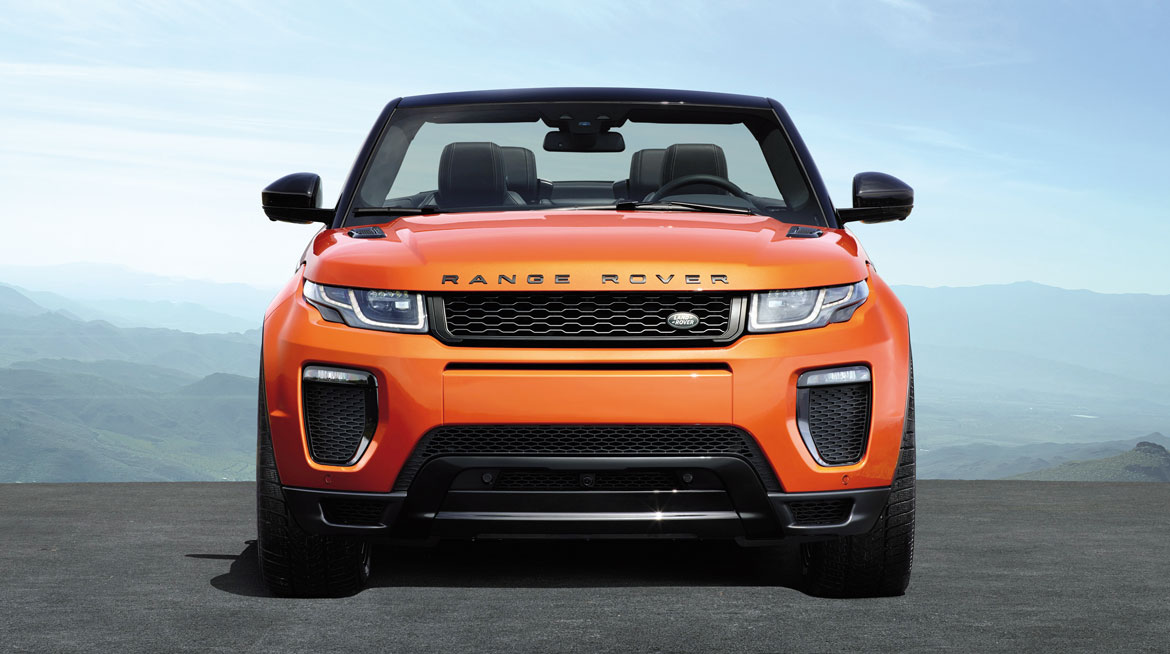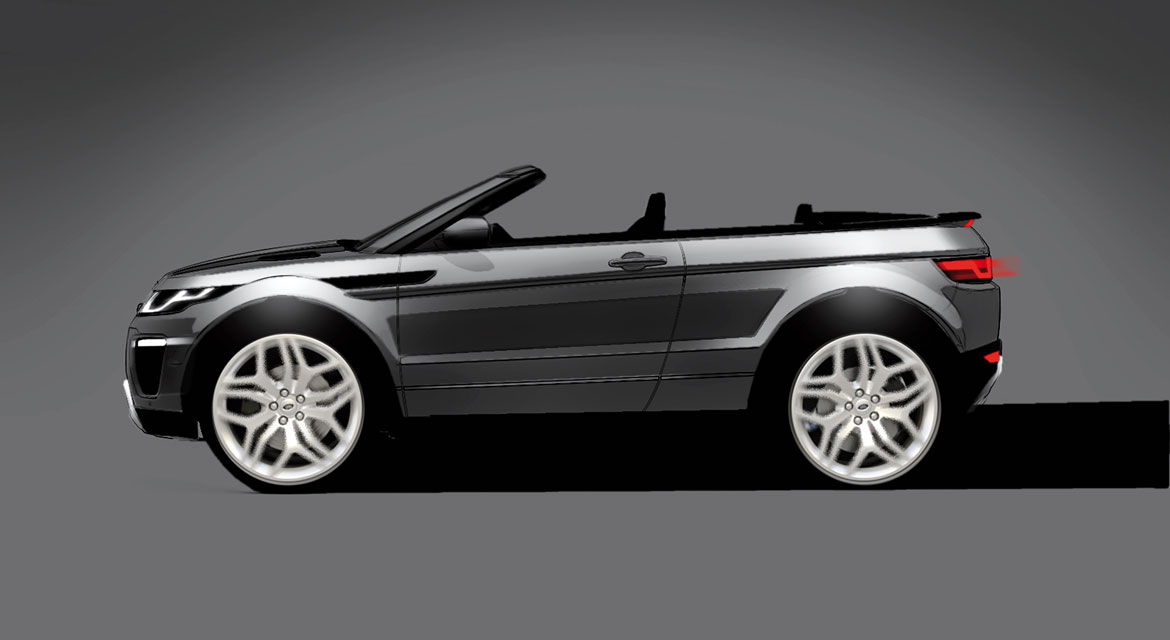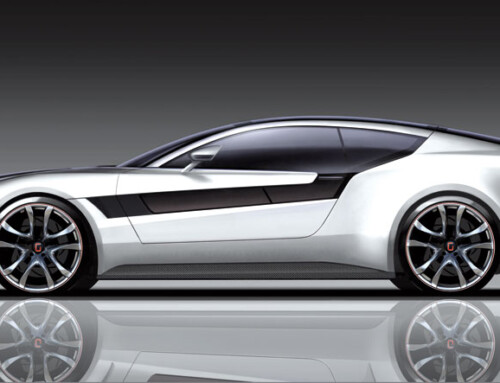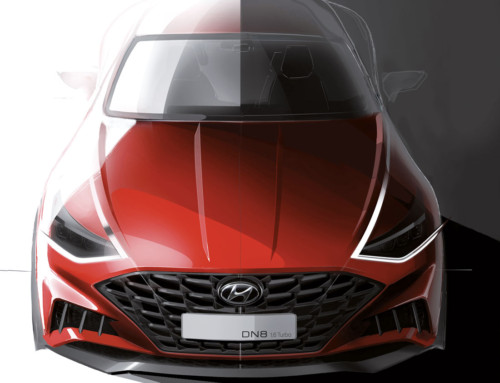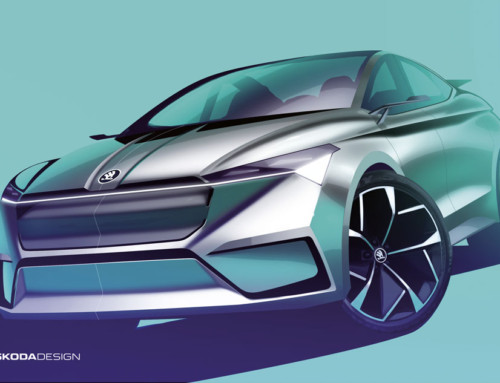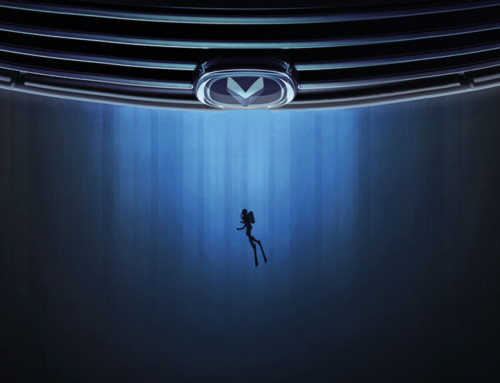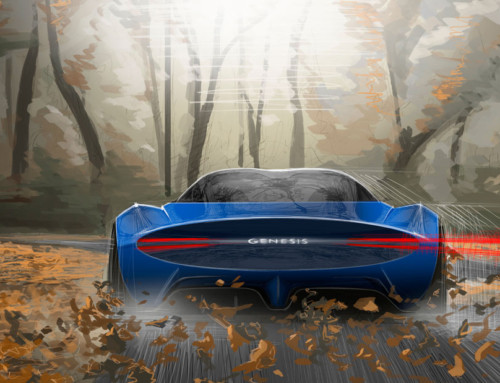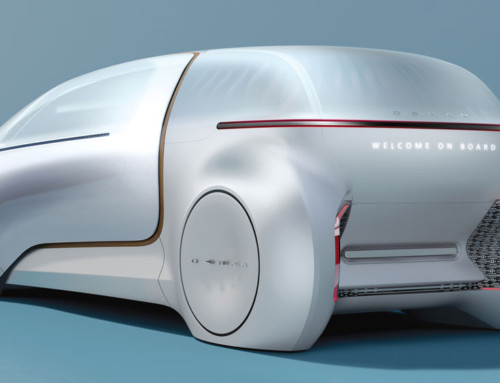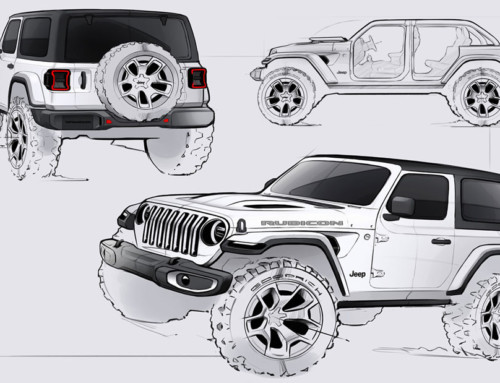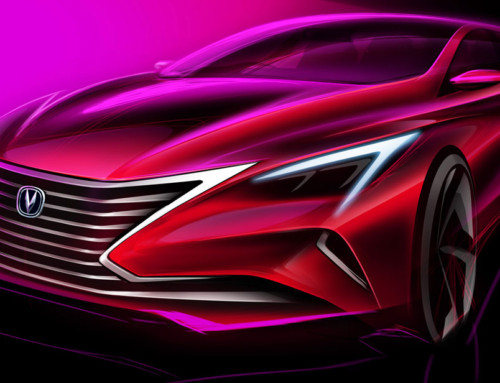What would happen if you removed the roof – which, with its sleek, flattened profile, is one of the most distinctive features of the ‘baby’ Range Rover – from the Evoque? Gerry McGovern’s clear answer to this question could even be called courageous: “Its image has been accentuated”. The first ever open-topped premium SUV (the very first Jeeps and Land Rovers were hardly premium), the Evoque Convertible enjoyed an enthusiastic reception when it was presented by the British marque as a concept two years ago at Geneva.
“Putting it into production was a logical choice” says Land Rover design chief McGovern: “It wasn’t a question of ‘if’ but of ‘when’. Nonetheless, it was important that we kept the character without watering down the design and without losing the five door coupé proportions.”
Just cutting off the top and replacing it with a canvas roof, however, would not have been enough. “It wasn’t that simple”, explains McGovern: “We had to at least maintain if not actually accentuate the expression of fun and desirability of the Evoque to attract new followers to our brand. A key characteristic of the original car was the contrast between the ascending beltline and the dramatically sloped roof. Removing one of these ingredients – the roof – was difficult. But we succeeded in preserving the essence of the car, largely through painstaking work on the surfacing of the rear.”
The exterior design was penned by Jeremy Waterman. The dynamic grille with a larger surface area, a front bumper described by Land Rover as “more aggressive”, with bigger air intakes and slender LED fog lights, body coloured side skirts, new wheels (offered in sizes from 17 to 20”), frameless doors for a cleaner look with the roof down, and a rear bumper with incorporated exhausts all contribute to giving the Evoque Convertible the ‘jewel like’ character described by McGovern.
Then of course there’s the canvas roof and its mechanism, which obliged the designers at Coventry to redesign the car from behind the front doors. Whether open or closed, the car offers 251 litres of luggage space. For the interior by Dave Saddington, a four-seater layout was chosen, with the character defined by high quality, soft-touch materials and the minimalist architecture of the dash, which has a horizontal design in contrast with the vertical thrust of the centre console.
Full article in Auto&Design no. 219



















